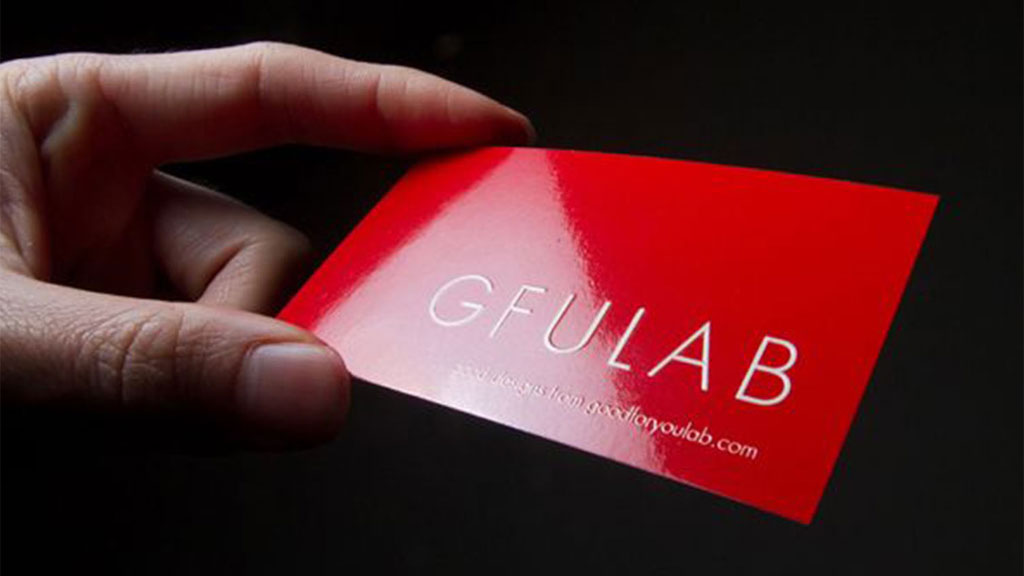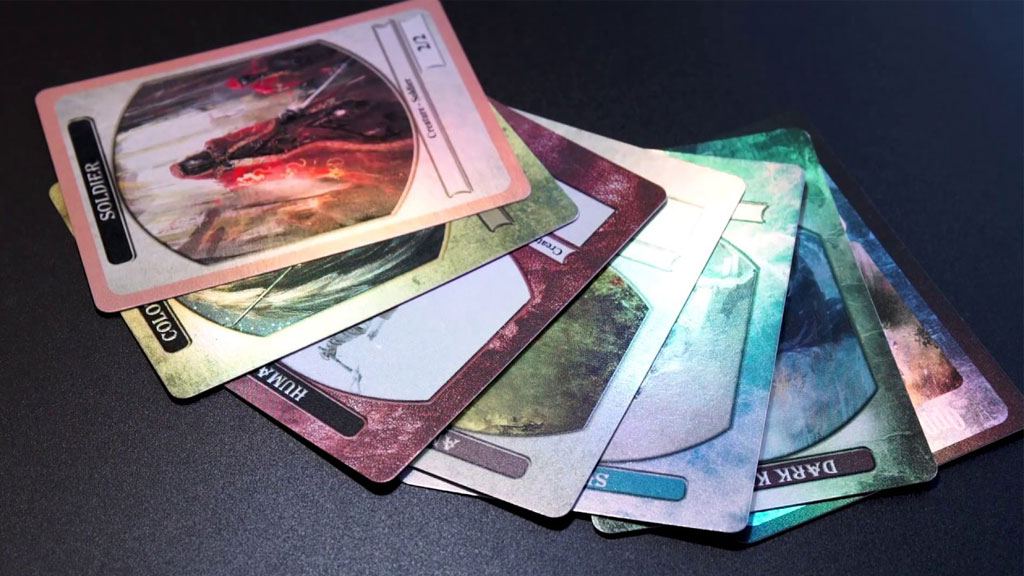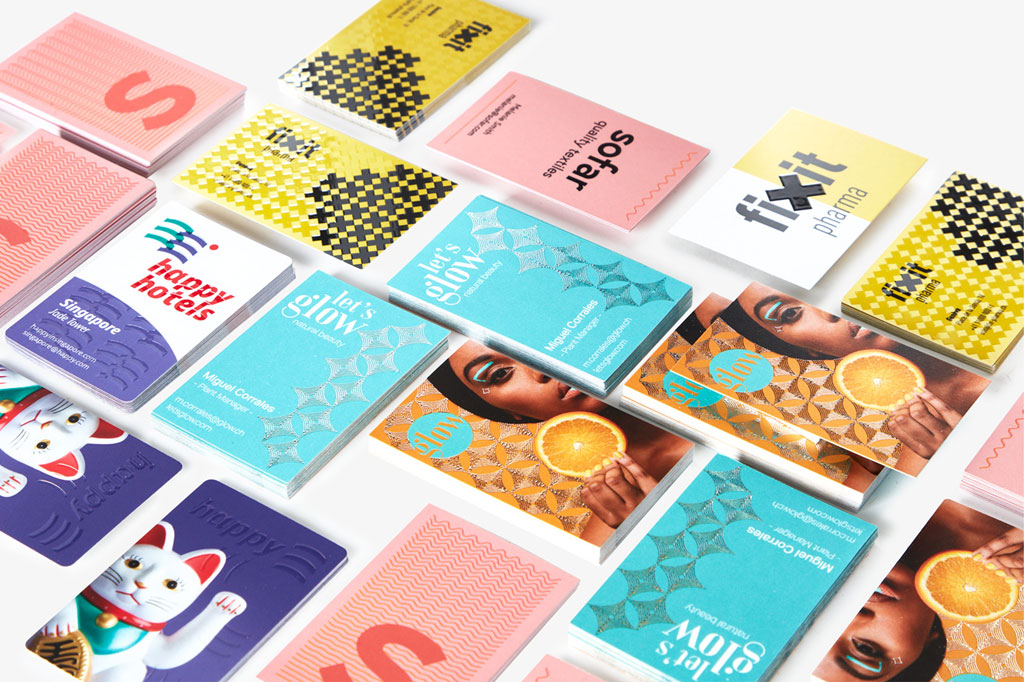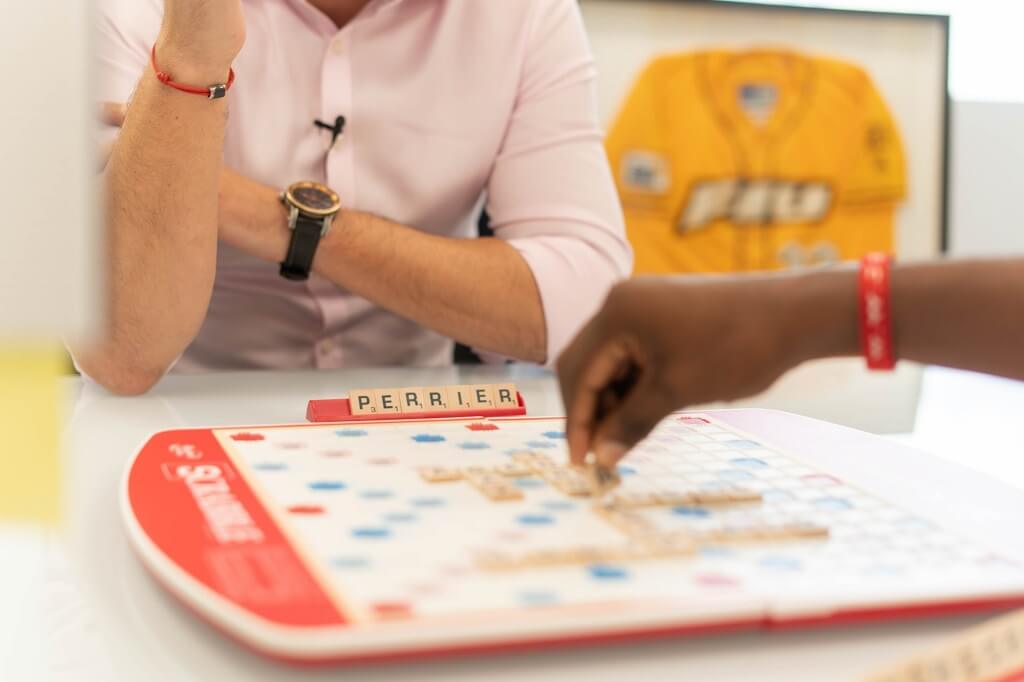When it comes to designing custom game cards, the finish you choose can dramatically affect not only the look and feel of the card but also its durability and usability. Card finishes protect the surface, enhance visual appeal, and improve handling.
Here’s a guide to the five most common card finishes used in the board and card game industry.
Table of Contents
A Summary Comparison Chart
Card Finish | Appearance | Texture / Feel | Cost | Durability | Fingerprint Resistance |
Gloss Finish | Shiny, vibrant colors | Smooth | Medium | Low | Low-Medium |
Matte Finish | Muted, subtle colors | Smooth, non-reflective | Medium | High | Low-Medium |
Linen Finish | Soft, slightly muted colors | Textured, fabric-like | High | High | Medium |
UV Coating | Glossy or selective glossy (spot UV) | Smooth, sometimes raised | High | High | Medium-High |
Foil Finish | Metallic or holographic shine | Smooth to slightly raised | Medium | Medium | High |
1. Gloss Finish

Gloss finish is one of the most popular and widely recognized card coatings, providing a shiny, reflective surface that enhances the brightness and vibrancy of printed colors. This finish makes cards look sleek and professional, giving them a high-end retail appeal.
This sheen also brings out the details in complex artwork, especially those with vivid or photographic elements. It’s ideal for card games or collector cards that rely on eye-catching visuals.
|
|
2. Matte Finish

Matte finish offers a smooth, non-reflective surface that gives cards a soft and elegant look. The texture is smooth but slightly velvety, providing a pleasant tactile feel that enhances shuffling and gameplay.
It’s a favorite among professional card game players because it reduces glare under lighting and offers excellent handling properties.
|
|
3. Linen (Textured) Finish

Linen, or textured finish, is distinguished by its embossed crosshatch or woven pattern that adds texture to the surface of the card. The subtle texture of a linen finish improves air circulation between cards, reducing friction during shuffling and dealing.
This finish not only looks appealing but also provides practical benefits, making it one of the most popular choices for professional playing cards. The texture also gives cards a unique visual depth that looks elegant under various lighting conditions.
|
|
4. UV Coating (Spot or Full)

UV coating is a high-gloss liquid coating cured with ultraviolet light, applied either across the entire card (full UV) or on selected areas (spot UV). This finish enhances visual contrast and adds a protective layer that resists scuffing and moisture.
Full UV coating creates a mirror-like shine over the whole surface, making artwork pop with depth and saturation. Spot UV, on the other hand, is used to highlight specific design elements such as logos, titles, or icons – adding a dynamic contrast between glossy and matte areas.
|
|
5. Foil Finish (Holographic or Metallic)

Foil finish represents the pinnacle of luxury and creativity in card design. It involves applying a thin metallic or holographic film to the card surface using heat and pressure, resulting in striking reflective effects that captivate the eye.
Foil finishes come in various types – metallic, gold, silver, rainbow holographic, and custom color foils. Depending on your choice, the result can range from a subtle shimmer to a dazzling spectrum of colors that shift under light.
|
|




